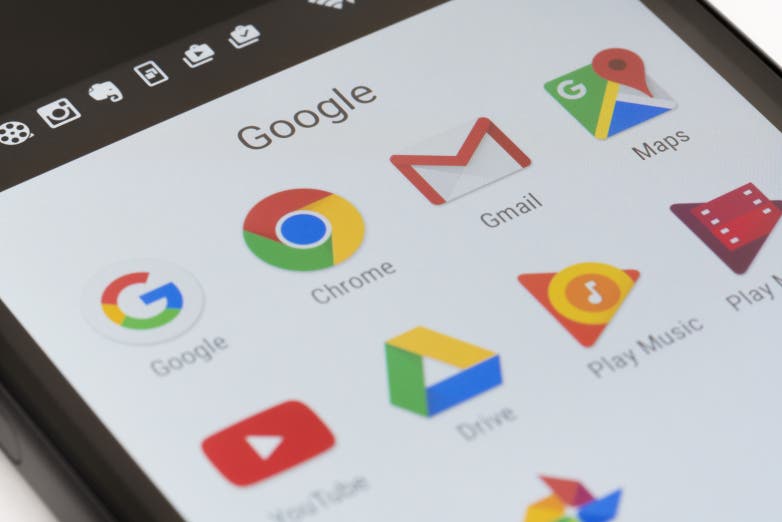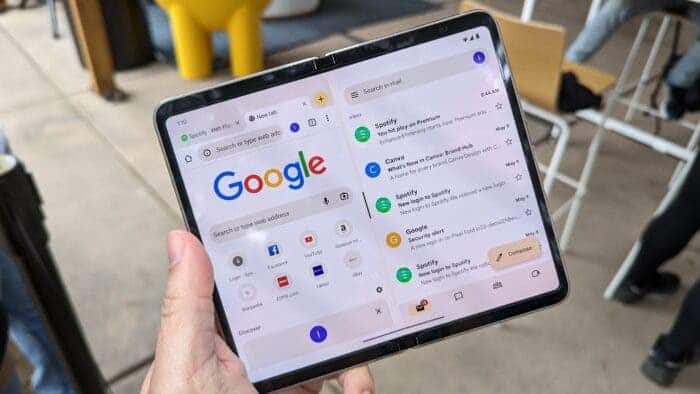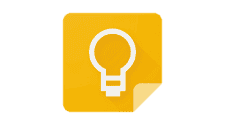Google will refocus on large-screen Android mobile devices such as foldable phones and tablets in 2022. With the help of Android 12 L, the UI design of the operating system is more suitable for foldable phones and tablets. The company will have to update more first – party apps with better UI design. Google is now moving forward with this plan. During the Google I/O 2023 keynote, Google announced plans to update more than 50 apps with a redesigned UI. The new UI will make them easier to use on foldable phones and tablets. The update will bring multi – pane UI and larger screen optimization. Google’s list of apps optimized for foldable phones and tablets are as follows:

List of Android apps to be optimized for tabs and foldable phones
- Digital Wellbeing
- Gmail (mail)
- Google Assistant
- Google Calendar
- Google Camera
- Google Chat
- Google Chrome
- Google Clock
- Google Contacts
- Google Dialer
- Google Docs
- Google Drive
- Google Family Link
- Google Files
- Google Fit
- Google Home
- Google Keep
- Google Keyboard
- Google Kids Space
- Google Lens
- Google Maps
- Google Meet
- Google Messages
- Google News
- Google One
- Google Pay
- Google Personal Safety (SOS)
- Google Photos
- Google Play
- Google Play Games
- Google Play Store
- Google Podcasts
- Google Search
- Google Sheets
- Google Slides
- Google TV
- Google Translate
- Google Voice Recorder
- Google Wallet
- Google Weather
- youtube
- YouTube Kids
- YouTube Music
- YouTube TV
These apps are already being updated, or have been updated with a tablet-optimized design. Google said it is working closely with partners such as Samsung and other third-party developers to bring tablet/folding screen-optimized UI designs to their apps. The company also showcased some upcoming apps, including Disney+, Minecraft and Spotify and more.
![]()
With the launch of the Pixel Fold, Google is now more interested in how apps work on large-screen devices. Google’s Pixel Fold is the company’s first foldable smartphone, featuring a vertical hinge that can be opened to reveal a tablet-like display. Despite great consumer interest in foldable phones, the foldable market is relatively small, with Samsung dominating the market. However, Google’s commitment to folding screen technology in its product lineup could lead to key updates in Android that are specifically tailored to folding phones and tablets.
Google app update
Google updates its apps regularly to ensure that users have access to the latest features and security patches. The process of updating apps on Google Play is straightforward and automatic, but there are some nuances to be aware of.
When a developer releases a new version of an app, Google Play checks for updates once a day. If an update is available, it is added to the update queue, and the app will be automatically updated the next time the device meets certain criteria. By default, apps are updated automatically when the device is connected to a Wi-Fi network, charging, idle, and the app to be updated is not running in the foreground. This ensures that updates do not interfere with the user’s experience and that they are downloaded efficiently.
However, if you want an app to update immediately after the developer publishes a new version, you can select the High priority update mode for that app. When using the High priority mode, the app is updated as soon as possible after the developer publishes the new version and it has been reviewed by Google Play. If the device is offline, the app will immediately update the next time the device is connected to the internet.
Manual update
To update apps manually, users can go to the Google Play Store app, tap their Google profile icon, and select “Manage apps & device.” From there, they can tap individual installed apps and select “Update” to update them manually.
![]()
Developers can upload new app updates to the Google Play Developer console, where they will be reviewed by Google before being made available to users. Once the update is approved, it will be added to the update queue and automatically downloaded to users’ devices.
Google Play Console provides tools to help developers publish, manage, and release apps successfully. Developers can use these tools to create release channels, manage app updates, and track app performance. Release channels allow developers to release different versions of their app to different groups of users, such as beta testers or early adopters. This allows developers to test new features and gather feedback before releasing them to the general public.
Final Words
It is already official that Google will update the apps listed above to make them more suitable for foldable phones and tabs. Thus, we only have to wait a few more weeks for the update to arrive. However, to make apps foldable-aware, Google has provided some tools with Android Jetpack within a new WindowManager API that enables apps to benefit. Foldable devices are known for their multi-window feature. It is safe to assume that we will see some key updates in Android that are specifically for folding phones and tablets in the coming weeks.
Google updates its apps regularly to ensure that users have access to the latest features and security patches. The process of updating apps on Google Play is automatic, but users can also update apps manually if they prefer. Developers can upload new app updates to the Google Play Developer Console, where they will pass a review by Google before hitting the public. Google Play Console provides tools to help developers publish, manage, and release apps successfully. By keeping apps up to date, users can enjoy the latest features and security enhancements, while developers can ensure that their apps are performing at their best.




